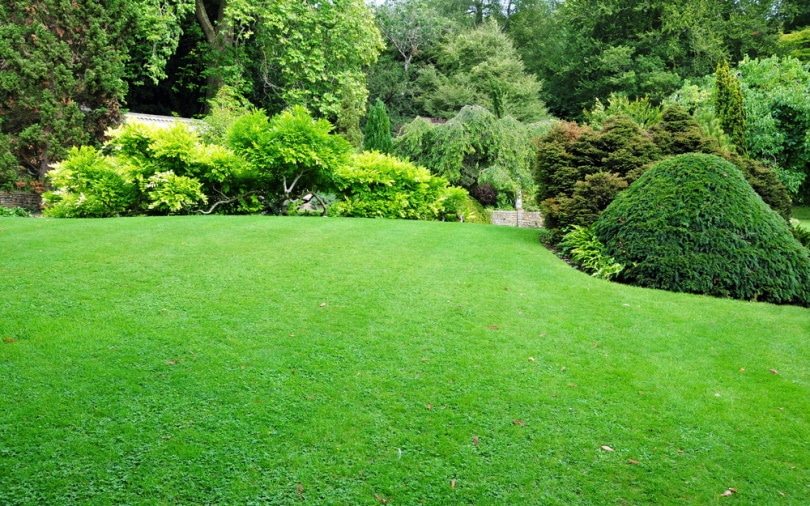Who Invented the String Trimmer, and When? History & Present
-
Chris Dinesen Rogers
- Last updated:

Landscaping is big business, earning $105.1 billion in revenue in 2021.1 The pandemic sparked interest in our lawns and how our yards look, with 18.3 million new gardeners in 2020.2 While the lawn size and interest in its maintenance have waned, over two-thirds of individuals under 35 want some green on their property.3 That makes inventions like the string trimmer vital to homeowners and the industry.
Understanding its significance starts with knowing how people value lawns. While it only makes up 2% of the land in the lower 48, it is the most irrigated crop in the United States.4 American Indians maintained the landscape for hunting. Intentionally set fires lured bison to the plants energized by the nutrient boost. We must fast forward to 1972 and George Ballas’s invention of the string trimmer or weed eater.
History of Landscaping
Landscaping was labor-intensive manual work until British inventor Edwin Beard Budding developed the lawn mower in 1830. Maintaining the land had deep meaning well before this invention. A well-kept lawn is a symbol of home ownership and the American dream. That exists even today. One of the best things people can do to increase their property’s curb appeal is to invest in landscaping.
Mowing the lawn isn’t a picnic. Imagine trimming the edges and weeds in landscaping elements without this tool. Yet, people did it because a neat lawn was that important for one’s image. But necessity is the spark for inventions, as George Ballas found out the hard way.

A Reactive Response
An accident sparked Ballas’s invention after one of his employees was bitten by a poisonous snake while landscaping. The soon-to-be inventor realized he couldn’t put his employees at risk any longer. Surprisingly, an automatic car wash sparked an idea. What if he could create a device that could put some distance between the user and the weeds with a cutting tool that won’t hurt anybody?
Some fishing line and a tin can provided the prototype for his weed eater, or the Clippie or Weedie, as he called it. Unfortunately, no one saw its potential. However, that didn’t stop Ballas. By 1977, it was an $80-million business venture. Unsurprisingly, the invention flipped ownership from Ballas to Emerson Electric Company before landing at the Husqvarna Group.
Today’s String Trimmers
Today’s string trimmer is nothing like its original form. You’ll find straight-shafted models suitable for big jobs and ones with bent-shafted ones that are easier to handle for homeowners and casual use. You’ll see ones powered by gasoline or electricity or cordless ones operated by batteries. Luckily, George Ballas was able to see the success of his invention. He lived until the ripe old age of 85 in June 2011.
Manufacturers have tweaked the design to make models that are auto-feeding, combo features, and ergonomic designs. Suffice it to say that they’re much easier to use and better products—something that homeowners appreciate.

Conclusion
The design of the string trimmer is simple yet effective. It is much safer to use, sparing the operator from back pain from bending over for long stretches. Hopefully, George Ballas realized the importance of his invention. Homeowners certainly do, especially since it can improve their property’s curb appeal, whether or not they are on the market.
Featured Image Credit: Nadezda Verbenko, Shutterstock
Contents
